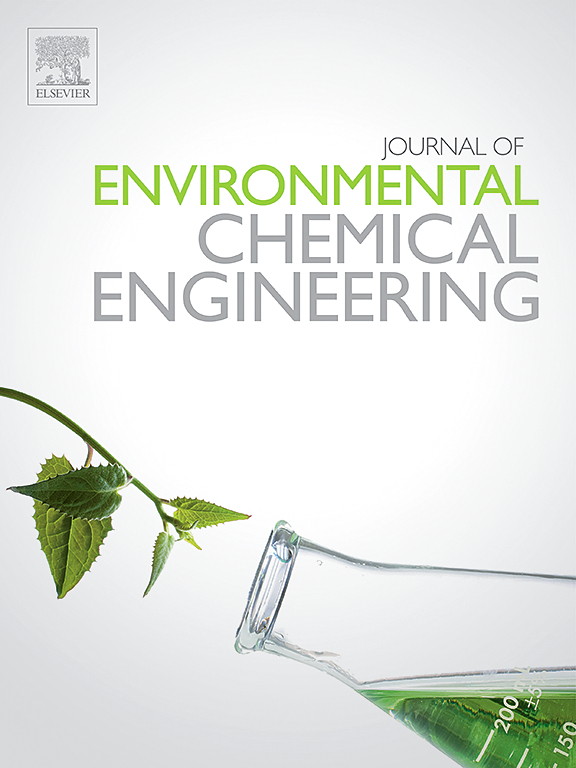光催化制氢用钼基硫族化合物的研究进展
IF 7.4
2区 工程技术
Q1 ENGINEERING, CHEMICAL
引用次数: 0
摘要
通过光催化水分解可持续生产氢已经引起了极大的兴趣,钼基硫族化合物由于其可调节的电子特性和催化性能而显示出良好的潜力。本文对MoS2、MoSe2和MoTe2及其复合材料进行了广泛的评估,以确定它们在光催化析氢中的作用。本文分析了钼基硫族化合物的主要优点,包括有效的电荷分离,以及通过添加金属氧化物、硫化物、石墨烯和g-C3N4的复合策略提高稳定性。本文批判性地评估了最近的进展,同时确定了这些材料的关键局限性,并提出了实际部署的潜在未来研究方向。这些发现显示了对清洁氢气生产的宝贵贡献,因为它们融合了钼基硫系系统的材料设计原则和可持续性指标。本文章由计算机程序翻译,如有差异,请以英文原文为准。
Advancements in molybdenum (Mo)-based chalcogenides for photocatalytic hydrogen generation: A comprehensive review
The sustainable production of hydrogen through photocatalytic water splitting has gained substantial interest, with Mo-based chalcogenides demonstrating excellent potential due to their adjustable electronic characteristics and catalytic properties. The review delivers an extensive evaluation of MoS2, MoSe2, and MoTe2 along with their composite materials to determine their role in photocatalytic hydrogen evolution. This review analyzes the main advantages of Mo-based chalcogenides including efficient charge separation, and stability improvements through composite strategies that incorporate metal oxides, sulfides, graphene, and g-C3N4. The paper critically assesses the recent progress while identifying crucial limitations of these materials and proposes potential future research directions for practical deployment. The findings show valuable contributions to clean hydrogen production since they merge materials design principles and sustainability metrics for Mo-based chalcogenide systems.
求助全文
通过发布文献求助,成功后即可免费获取论文全文。
去求助
来源期刊

Journal of Environmental Chemical Engineering
Environmental Science-Pollution
CiteScore
11.40
自引率
6.50%
发文量
2017
审稿时长
27 days
期刊介绍:
The Journal of Environmental Chemical Engineering (JECE) serves as a platform for the dissemination of original and innovative research focusing on the advancement of environmentally-friendly, sustainable technologies. JECE emphasizes the transition towards a carbon-neutral circular economy and a self-sufficient bio-based economy. Topics covered include soil, water, wastewater, and air decontamination; pollution monitoring, prevention, and control; advanced analytics, sensors, impact and risk assessment methodologies in environmental chemical engineering; resource recovery (water, nutrients, materials, energy); industrial ecology; valorization of waste streams; waste management (including e-waste); climate-water-energy-food nexus; novel materials for environmental, chemical, and energy applications; sustainability and environmental safety; water digitalization, water data science, and machine learning; process integration and intensification; recent developments in green chemistry for synthesis, catalysis, and energy; and original research on contaminants of emerging concern, persistent chemicals, and priority substances, including microplastics, nanoplastics, nanomaterials, micropollutants, antimicrobial resistance genes, and emerging pathogens (viruses, bacteria, parasites) of environmental significance.
 求助内容:
求助内容: 应助结果提醒方式:
应助结果提醒方式:


